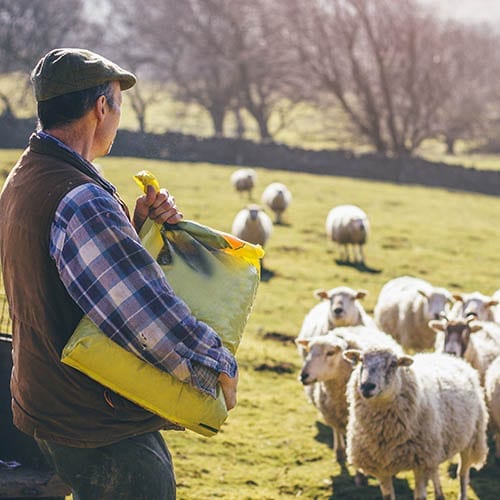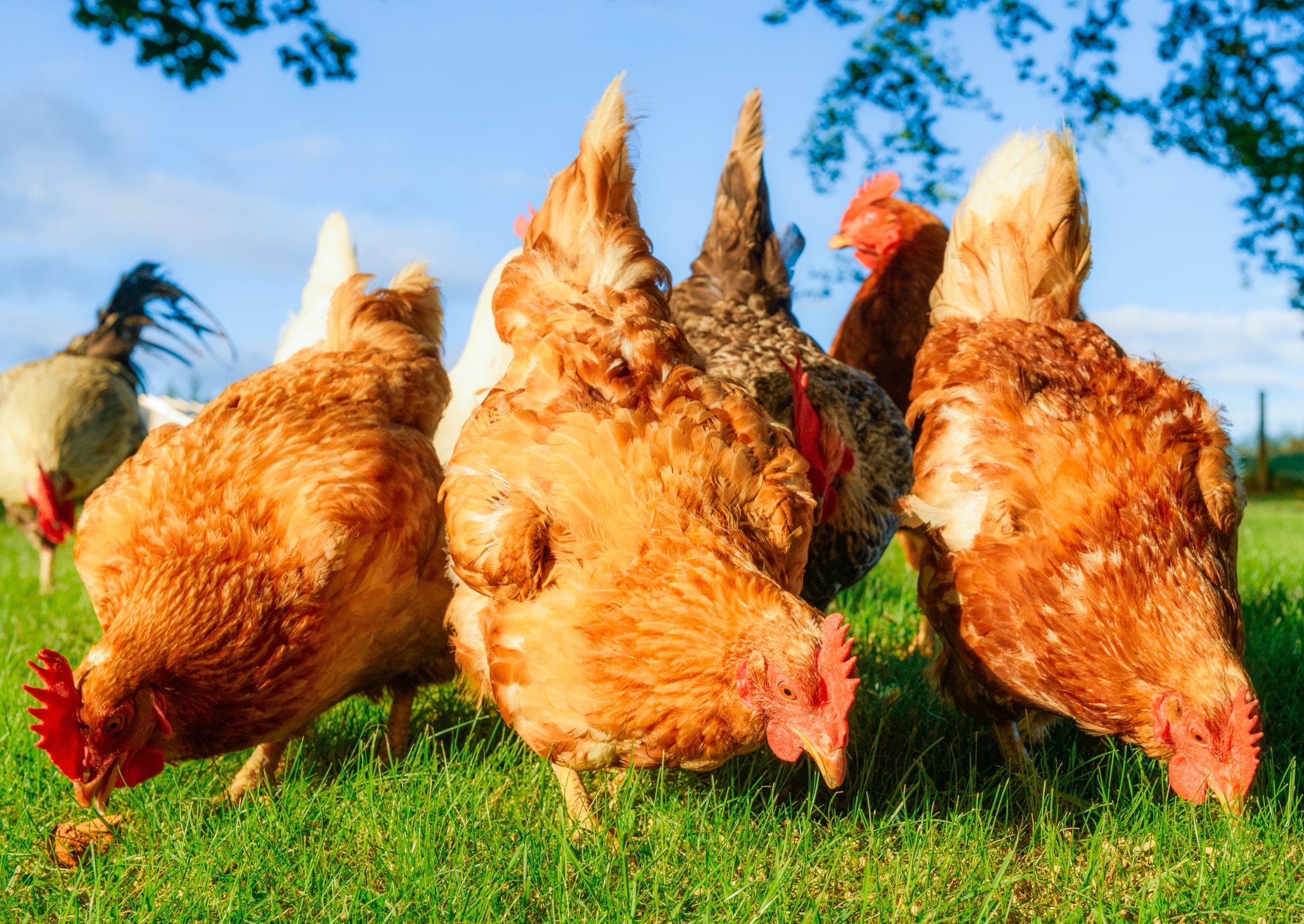Our latest edition of Farming Matters is now available. This rural magazine is designed to provide insights into the latest issues and opportunities faced by those in…
Basis period reform: time to look ahead
Farms running their business as a sole trader or a partnership will be impacted by the proposed basis period rules set out by HMRC. This means they will have their profits taxed in line with the tax year, ending on 5 April, rather than taxing profits based on the business accounting period ending in that tax year. The reform was originally due to take effect in the 2022/23 tax year, but this has now been deferred to the transitional year of 2023/24.
We are actively encouraging our farming clients to consider your options early if your year-end is not aligned with the tax year to take practical steps to minimise the impact of the new measures and spot any tax planning opportunities. Let’s look at some examples:
Example 1
Westhays farm is an arable farm operating under a partnership which harvests a variety of crops over the course of the year. Westhays farm has historically prepared accounts up to the end of September and is considering moving its accounting year-end early in the 2022/23 tax year due to the estimated profits for the current year being considerably down on last year.

In this example, the 2022/23 tax year consisted of an 18-month accounting period. As the six-month projected figures, up to 31 March 2023, are considerably lower than the previous year, after deducting the overlap profits** this leaves an additional taxable profit of only £5,000. In this case, it may be an advantage for Westhays to move their accounting year-end in 2022/23, dependent on their results for the period to 30 September 2023
**Some profits in the opening years of an unincorporated business may have been taxed twice. These profits are known as overlap profits.
Example 2
Easthays Farm is a dairy and beef farm with a 400 head of stock consisting of 180 dairy cows and 220 beef followers. Easthays is also operating under a partnership with a September accounting year-end and considered moving its accounting year early in 2022/23. However, they wanted to discuss whether this was beneficial.

Given the strong milk prices at this time, their profits for the six-month period to 31 March 2023 were considerably higher than Westhays Farm. Easthays Farm would experience extra taxation for the 2022/23 tax year because, as well as being taxed on the 12 months of profits from the end of their current basis period (year ended 30 September 2022), there will also be six months of profits up to 31 March 2023 subject to income tax.
In this instance, it wouldn’t be an advantage to change the accounting year-end in 2022/23 but to wait until 2023/24 when they have the option of spreading their transitional profits over five years.

Looking into 2023/24, the transitional year, the farm has a higher taxable profit than the previous tax year. However, the new rules have set out that the transition profits (being the profits from the transition period less any overlap profits brought forward) can be spread across five years. Based on the example above, the transition profits of £40,000 (£50,000 transition period less £10,000 overlap) can be spread evenly across five years (or whichever particular year you want them in) meaning income tax is paid on an extra £8,000 of profits each year from 2023/24 to 2027/28 inclusive.
When considering cash flow, the spreading of profits is better than being taxed on the full £40,000 in one year which would be the case if Easthays Farm had changed its year-end in 2022/23.
How does this affect farmers’ averaging?
Farmers’ averaging will continue, meaning that profits can still be averaged over a period of two or five years. In the year of using overlap profits, averaging will be applied after the deduction of overlap profits.
What if the farm incurs losses in the transitional year?
If a loss arises in the transitional year, the famer can treat the business as ceasing on 5 April 2024 for the purposes of the terminal loss relief rules. This means that this loss can be carried back for up to three tax years, rather than the standard 12 months, to offset against profits taxed in those previous years.
Summary
It has become ever more important that farming businesses are on top of real time information in the form of management accounts and business projections so that forward planning can be done. Using cloud accounting software that generates live data will aid decision making, as the new regime may create potential tax implications.
Some farms will want to retain their existing accounting period, despite the changes being introduced, maybe for commercial or practical reasons. My advice would be to start planning and to get in touch with your local advisor as early as possible.
Practical tip:
You will be able to elect to allocate more profits to earlier tax years during the five-year spreading period. If you allocate more profits in year one, the impact of this
is that the remaining profit will be reduced evenly over the remaining spreading period window. You may choose to allocate more profits to a tax year in which ordinary profits are lower than normal, therefore using up more of a marginal income tax rate band. The deadline for the election is the anniversary of the 31 January following the end of the tax year concerned.

FEATURING: Adam Waddle
Adam heads up our Agricultural team in the Torquay and Exeter offices, covering mainly the South Devon area. He acts for a range of clients… read more



